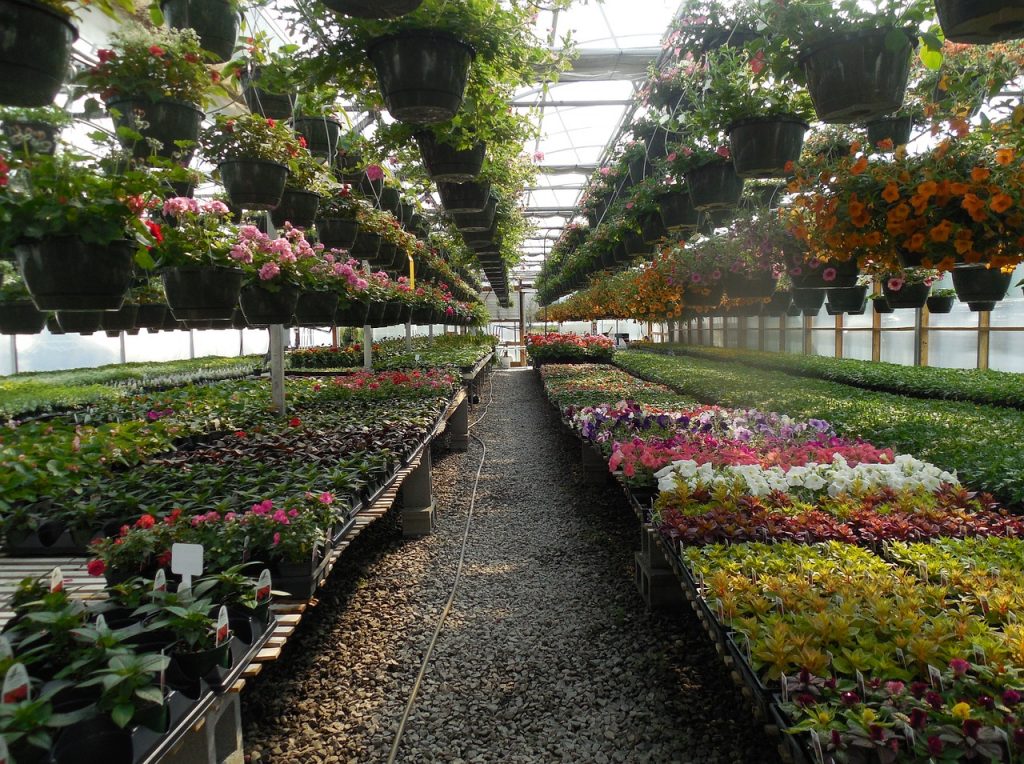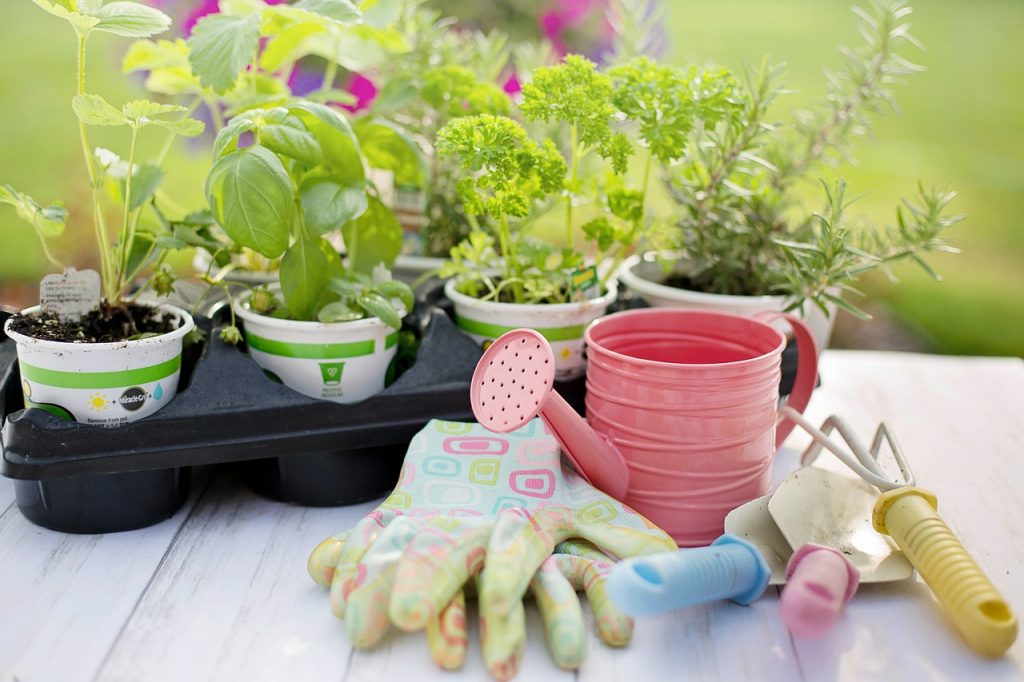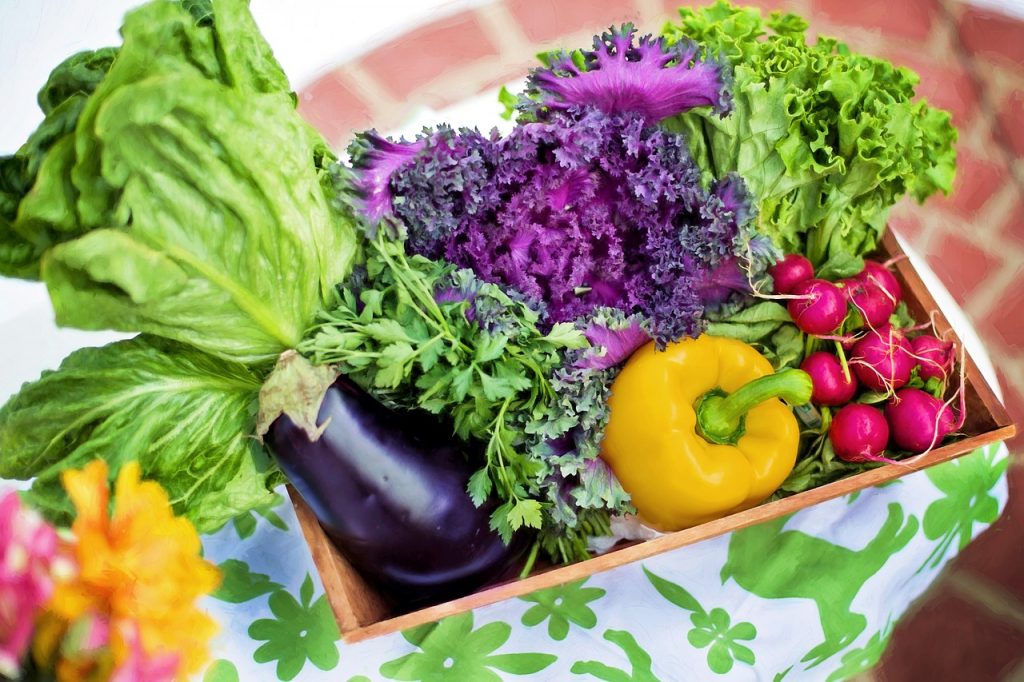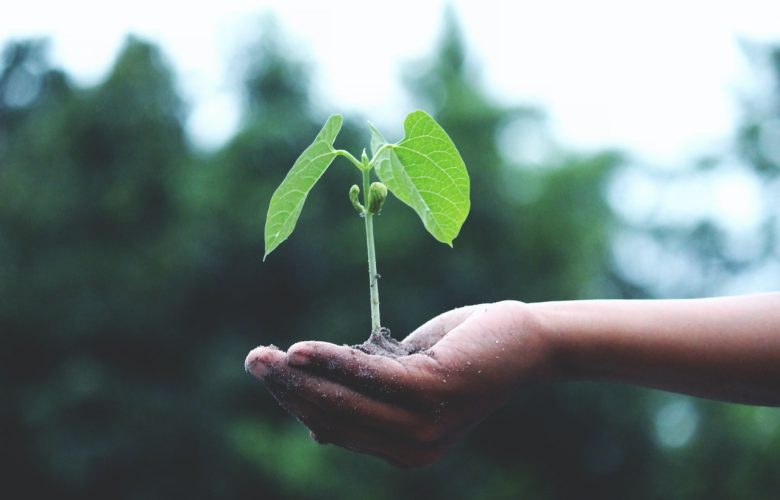People often assume that early spring is the best time to start a garden. However, we use this information to procrastinate and often forget all about our gardening plans once April or May comes.
On the other hand, planting seeds starts much sooner, so it’s never too soon or too late to start a garden if you arm yourself with knowledge and the right tools for the job!
Planning is essential!
The decision to start a garden is made in a split second, but it will take some time to actually plan the garden. There are various factors you have to account for, such as the location of the garden. If you have a large backyard or you own a piece of land, dedicate one lot just for the garden.
The location you pick should receive plenty of sunlight and inside the scope of the garden hose. Furthermore, you need to decide which plants you will grow: flowers, herbs, vegetables, etc.
Finally, a draft of the general layout is needed, so you know which plants go where. A fellow green thumb or landscape designer can help you on this matter. Keep in mind that a vegetable garden is planted differently from other types of gardens. Sometimes the best solution is to contact Arlington arborists for gardening advice and solve all of your headaches. Tree services know what would work best in your garden and therefore provide a detailed planting plan and care guide.
Find a reliable supplier

Many plant species are propagated by chance or through careful genetic experiments. For instance, one granny from Australia famously propagated an apple cultivar back in Australia’s 19th century through a chance seedling she dumped near a creek.
However, your garden isn’t going to be an open-air laboratory, so find a reliable supplier of seeds. You can find great seeds at the local garden center, where they also sell seedlings you can replant in your new garden.
Buying seeds is ideal for novices as their packaging indicated the best time of the year for planting and harvesting as well. As it was placed there by agricultural experts, stick to this information, so they are never wrong. Mind you, the right planting for each plant is different.
Protecting the garden against extreme weather conditions
Most crops are called spring crops, as this is the time they sprout. There are also cold season crops that require a bit more care. However, most crops don’t bear extreme weather conditions, such as freezing cold or drought.
You need to learn more about the extreme weather conditions that hit your local areas and prepare the garden for them. This involves covering the plants overnight to protect them from frost. Some gardens will also require overhead protection against heavy rain or a heater that you can “borrow” from the aquarium inside.
Finding the right tools for the job

Unless you want to pull out weeds by hand, then you need a good weeder. The same goes for most garden chores, as there is a variety of gardening tools that ease the upkeep. For example, a modern wall mounted hose reel helps you protect the rubber garden hose against UV rays when it comes to watering.
This might seem like a detail, but such hose reels and similar equipment make gardening truly fun. However, you shouldn’t rush with purchasing gardening tools, as you might not need many of them at first. As the garden grows both in size and scale, you will buy the tools you require consecutively.
Winter is nigh
The season most prospective gardeners find unfavorable to start a garden is definitely winter. The low air temperatures outside hurt most crops, but plants can still survive and even thrive under these conditions.
If you’re starting a vegetable garden, you should know that everything from artichoke and carrots to lettuce, radishes, and onions can be planted in winter. In fact, growing just several plants during winter gives beginners time to learn more about gardening before spring arrives.
What to do when spring arrives
Once the weather outside finally becomes warm again, it’s time to spring into action, pun intended. Herbs thrive in springtime, as you can plant basil, mint, dill, or parsley. Vegetables, too, like warm weather in early April, so plant everything from tomato to spinach at that time.
Of course, you can always plant similar vegetables and species in winter, but it’s harder to nurture them during cold weather. “Seasonal fruits” are called so for a good reason, as each vegetable and fruit have a season when they grow best. A quick online search will reveal respective peak seasons for various plants.
Summer (and) rain

Late summer is harvesting time, but there is one major problem with this season: drought. In some places, rain is scarce, so you need to make sure your garden is watered properly and regularly. Again, the amount of water each plant needs is individual, so check this info before introducing a new species in your garden.
The ideal time for watering the garden is early morning, as this gives the sun enough time to dry the ground before night falls. Furthermore, plants that require a lot of sunshine shouldn’t be planted in the shade.
The only thing worse than parched earth is ground doused in water that causes plants’ roots to die. For some crops, like the avocado, you’ll need to make a water management plan, as they require a lot of watering. Summertime is ideal for planting tomatoes, capsicum, and zucchini.
As you hopefully realize by now, there isn’t a season unsuitable for when you can start a garden. While winter forces you to take things slow, summer is the period when crops grow fast. However, with enough knowledge about gardening and the right tools, your first growing season can be a success story.
Featured Photo by Akil Mazumder from Pexels
